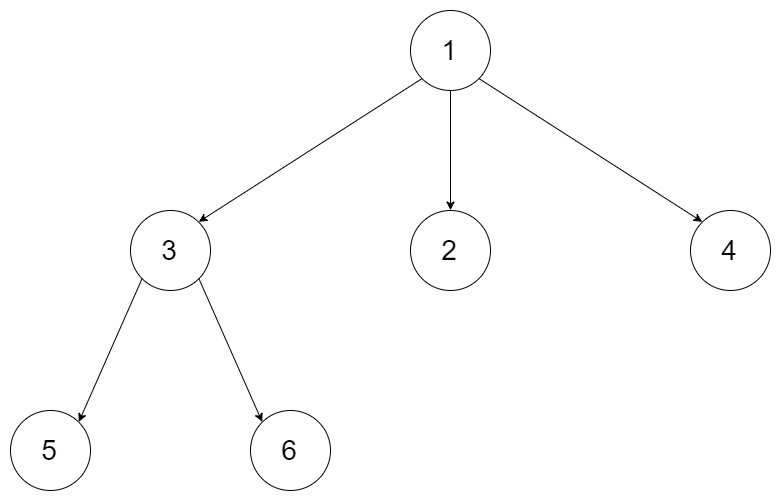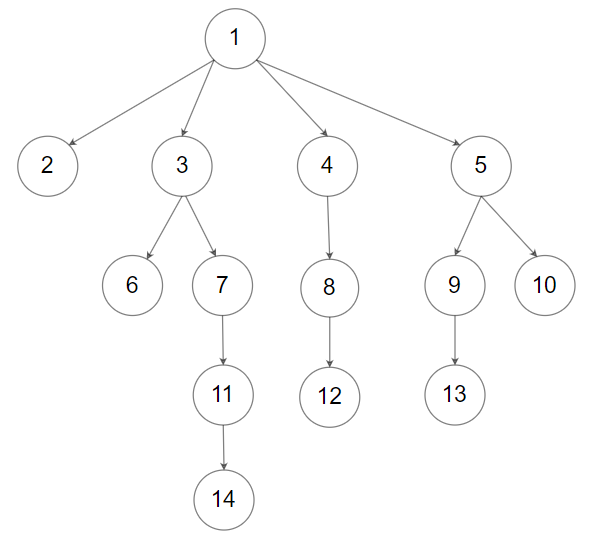429. N-ary Tree Level Order Traversal
Given an n-ary tree, return the level order traversal of its nodes' values.
Nary-Tree input serialization is represented in their level order traversal, each group of children is separated by the null value (See examples).
Example 1:

Input: root = [1,null,3,2,4,null,5,6] Output: [[1],[3,2,4],[5,6]]
Example 2:

Input: root = [1,null,2,3,4,5,null,null,6,7,null,8,null,9,10,null,null,11,null,12,null,13,null,null,14] Output: [[1],[2,3,4,5],[6,7,8,9,10],[11,12,13],[14]]
Constraints:
- The height of the n-ary tree is less than or equal to
1000 - The total number of nodes is between
[0, 104]
solution:
/*
// Definition for a Node.
class Node {
public:
int val;
vector<Node*> children;
Node() {}
Node(int _val) {
val = _val;
}
Node(int _val, vector<Node*> _children) {
val = _val;
children = _children;
}
};
*/
class Solution {
public:
vector<vector<int>> levelOrder(Node* root) {
vector<vector<int>>result;
queue<Node*>q1;
queue<Node*>q2;
q1.push(root);
if(root == NULL)
{
return result;
}
result.push_back({q1.front()->val});
int i = 0;
while(true)
{
vector<int>j;
while(!q1.empty())
{
Node *temp = q1.front();
vector<Node*>vect = temp->children;
int s = vect.size();
for(int l =0 ; l < s ; l++)
{
if(vect[l] != NULL)
{
q2.push(vect[l]);
j.push_back(vect[l]->val);
}
}
q1.pop();
}
result.push_back(j);
if(q2.empty())
break;
q1 = q2;
while(!q2.empty())
{
q2.pop();
}
i++;
}
result.pop_back();
return result;
}
};
Comments
Post a Comment